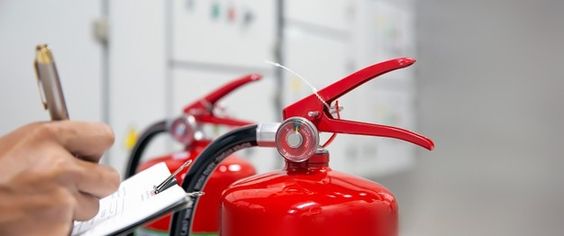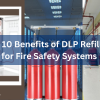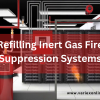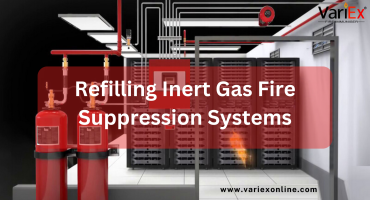![]()
Fire Immuniser
+91-7829629111
Email: info@variex.in
Varistor Technologies Pvt. Ltd.
Block-1, First Floor, Ardente Office One, Hoodi Circle, ITPL Main Road, Bengaluru, Karnataka 560048, IN
Which Gas Used In Fire Extinguisher
Frequently Asked Questions
Common gases used in fire extinguishers include carbon dioxide (CO2), dry chemicals (powder), halogenated agents (such as halon), and clean agents (such as HFC-227ea or FM-200).
CO2 displaces oxygen, suffocating the fire by reducing the oxygen concentration in the surrounding air. It is effective against Class B (flammable liquids) and Class C (electrical) fires.
Dry chemical extinguishers are versatile and can be used on Class A, B, and C fires. They work by interrupting the chemical reaction of the fire, forming a barrier between the fuel and the oxygen.
Halon extinguishers contain chemicals that deplete the ozone layer, contributing to environmental damage. As a result, they are being phased out and replaced by more environmentally friendly alternatives.
Clean agent extinguishers use gases that leave no residue and are electrically non-conductive. They are commonly used in areas with sensitive equipment, such as data centers, server rooms, and museums.
Final Say
We at VariEx.in or Variexonline.com have mastered the art of designing, installing, inspecting, and fixing automatic sprinkler systems with the help of our in-house team, which is capable of delivering the fire sprinkler services you need, whether large or small and at affordable cost.
To schedule a fire sprinkler installation, or you think our services could benefit your commercial property, contact us online or give us a call at, 7829629111










